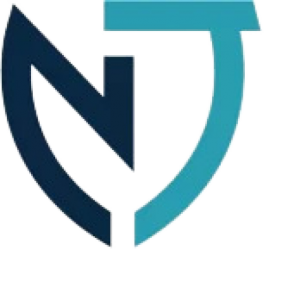From 1 July 2026, Australian employers will be required to pay superannuation at the same time as salary and wages. This shift—called “Payday Super”— is designed to improve retirement outcomes for employees. But for small business owners, and for your small business accountant, it represents a major change in payroll and cash flow management.
In this blog, we’ll discuss what Payday Super is, why it’s being introduced, and how your small business can prepare.
What Is Payday Super?
Currently, employers must pay superannuation quarterly. While many already pay more frequently, it’s not mandatory.
From 1 July 2026, super guarantee (SG) payments will need to be made at the same time as employees are paid (whether weekly, fortnightly, or monthly). This means the delay between earning and receiving super contributions will be eliminated.
Why the Change?
The government has introduced Payday Super to:
- Ensure employees get paid their super in full and on time
- Minimise unpaid super liabilities, particularly in small businesses
- Help employees grow their retirement savings sooner
- Improve transparency and tracking of contributions via the ATO
What Does This Mean for Your Business?
More Frequent Super Payments
You’ll no longer be able to batch super payments quarterly. If you pay employees weekly, you’ll need to pay their super weekly too. This will mean more transactions and administration.
Cash Flow Considerations
This is the biggest impact for most small businesses. You’ll need to have the super money available every pay cycle—not just once a quarter. Businesses that rely on quarterly payment flexibility may find this challenging without planning.
Payroll System Updates
You’ll need payroll software that can automate real-time super calculations and process contributions in sync with wages. Most modern cloud systems (like Xero, MYOB, and QuickBooks) are likely to support this. Your accountant Melbourne can advise.
ATO Visibility
With more frequent reporting and payment, the ATO will have greater oversight. Late or missed payments will be easier to detect and penalise, so it’s critical to stay compliant.
Benefits for Employers
While there are compliance challenges, Payday Super also offers upsides:
- Simplified cash flow forecasting: No more quarterly spikes in super liability
- Reduced risk of accumulating super debt
- Stronger employer brand: Paying super on time builds trust with employees
How to Prepare Now
- Review Your Payroll Processes
Determine how often you pay employees and how your super obligations are currently processed. - Speak to Your Accountant Melbourne or Bookkeeper
They can help you assess the financial impact of more frequent super payments. - Upgrade to a Compliant Payroll System
If you’re not already using STP Phase 2-compliant software, now’s the time to switch. Speak to your small business accountant who can advise whether the software you are using is appropriate. - Start Transitioning Early
While the change doesn’t begin until July 2026, consider moving to monthly or fortnightly super payments now. It will smooth the transition and help manage cash flow.
Final Thoughts
Payday Super is a significant reform that will reshape how small businesses manage employee entitlements. While it presents financial challenges, early planning and the right systems can make the transition smoother—and position your business as a trustworthy, modern employer. Speak to your small business accountant, like Nobel Thomas, now to prepare for 1 July 2026.


